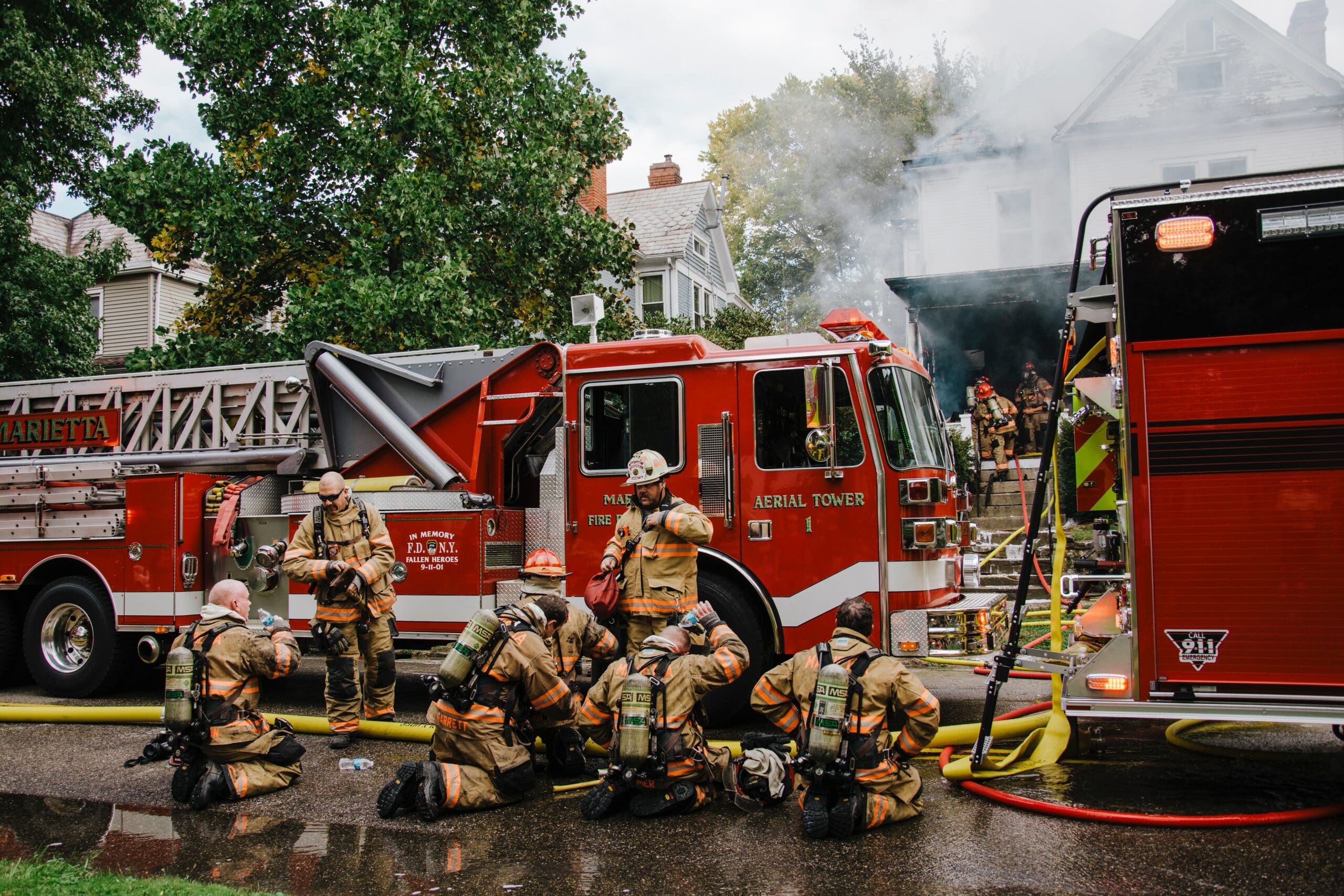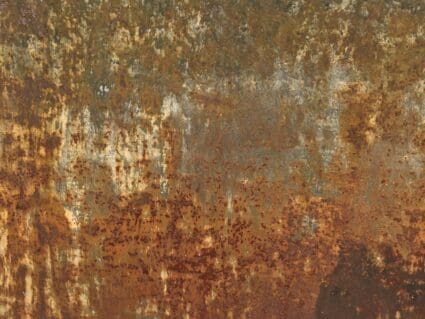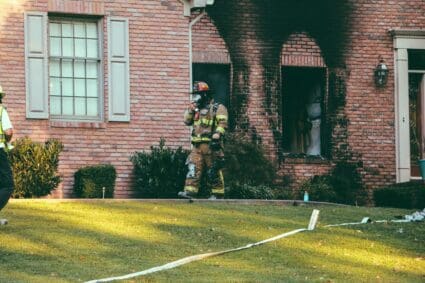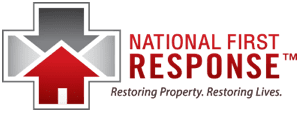Contact Us

What To Expect During The Fire Damage Restoration Process
The fire damage restoration process is crucial for recovering from the trauma of a fire in your home. Not only do fires cause notable damage, but they bring disruption, the loss of treasured possessions, and your sense of security and comfort in your home. Even small fires can create ongoing damage and long-lasting safety issues. Smoke contains corrosive—and potentially toxic—microparticles that can affect virtually every surface in your home, discoloring walls, tarnishing metals, causing plastics to erode, and staining clothing, carpeting, and upholstery.
The team at National First Response understands how disruptive a fire in your home can be. Once the fire department has left, our experts are here to help you rebuild your home and restore your peace of mind
Here we dive into the fire damage restoration process, and how National First Response can help.
Types of Damage Following a Fire
 Soot: The carbon byproduct of burning things is called soot, and it can be corrosive and seriously damage porous and textured surfaces. Stone, grout, wood, carpet, and textiles are particularly at risk.
Soot: The carbon byproduct of burning things is called soot, and it can be corrosive and seriously damage porous and textured surfaces. Stone, grout, wood, carpet, and textiles are particularly at risk.
Mold: Grows best in damp, dark environments, which are frequently present in buildings after a fire. Mildew, which affects porous surfaces, is created when molding spores mix with moisture in the air.
Rust: Corrosion of metal objects can make some of them irreparable and raise the risk of electric shock in electrical items.
Odor: After a fire, the scent can be overpowering because of the combination of smoke and mildew.
Why Hire Professionals for the Fire Damage Restoration Process?
When a fire has affected your home, it’s essential to get experts involved as soon as possible. Even if the fire damage is modest, only trained professionals should enter a building following a fire disaster – due to the potential for lingering health hazards, even once the fire has been extinguished.
That’s why the fire damage restoration process is best left to certified and trained experts. Due to the unpredictability of fire damage, no two fires leave the structure of a building the same.
Steps to Take When Evaluating and Repairing Fire Damage
Identify structural damage
Any evident breaches or entrance locations must be sealed after the structural damage has been evaluated. This includes damaged windows, missing doors, and holes in the ceiling. The fire damage restoration process begins with a thorough inspection of these areas.
 Search for additional damage
Search for additional damage
Restoration professionals look beyond visible damage caused by smoke and fire and conduct thorough checks to assess potential structural and mold damage caused by the water used to put out the fire.
Debris Removal
To minimize smoke odor, debris cleanup must begin immediately. Following large fires, personal possessions must be packed up and removed to avoid further damage and recontamination.
Water Removal
Any standing water must be removed, and air movers are utilized to hasten the drying process to prevent water from soaking into absorbent surfaces (walls, flooring, and even seeping down to the next level in a multi-story building). Water removal is an essential step in the fire damage restoration process.
Deep Cleaning
Following more serious fires, unfortunately, not all things will be salvageable. Professional treatments can improve surfaces and eliminate odors, but this procedure can be time-consuming and sometimes replacement is preferable.
Fire Damage Cleanup Equipment
One of the primary benefits of relying on professionals to handle your fire damage restoration is that they utilize a host of industrial cleanup equipment to do your job thoroughly and effectively.
Air scrubbers: Following a fire, hazardous microparticles linger, degrading air quality and impacting respiratory health. Air scrubbers filter the air to remove contaminants, then they release the “scrubbed” air. The length of time a scrubber needs to operate depends on the size of the area and the density of the smoke.
Air movers: These tools draw air in through an intake and direct it out of a port. These are excellent for drying carpets, walls, floors, and furniture. To remove moisture from the material, they drive air over wet surfaces, bringing moisture into the stream as they do so.
Dehumidifiers: Remove moisture from the air. As air enters the device, a cooling coil promotes condensation of water, which collects inside the device. The moisture that an air mover removes from an object will simply be released into the air and wind up condensing on another surface in the absence of a dehumidifier.
Arizona Fire Restoration Experts
National First Response is at the ready 24 hours a day, 7 days a week. Within 60 minutes of your call, one of our experienced, Clean Trust-certified technicians will be at your door, ready to assist you. We will guide you through the fire damage restoration process to restore your home to its full potential, prevent any further loss, and help you mitigate safety concerns. We are committed to giving you peace of mind and helping you return to normal as quickly as possible.
Fire and Smoke Restoration Services
- Board up services
- Rapid response mobilization
- Structure cleaning
- Smoke odor deodorization
- HVAC duct cleaning
- Demolition & debris removal
National First Response can also assist with insurance claims and offers affordable rates and payment plans for those without fire insurance, so you can get back to your life, worry-free.
